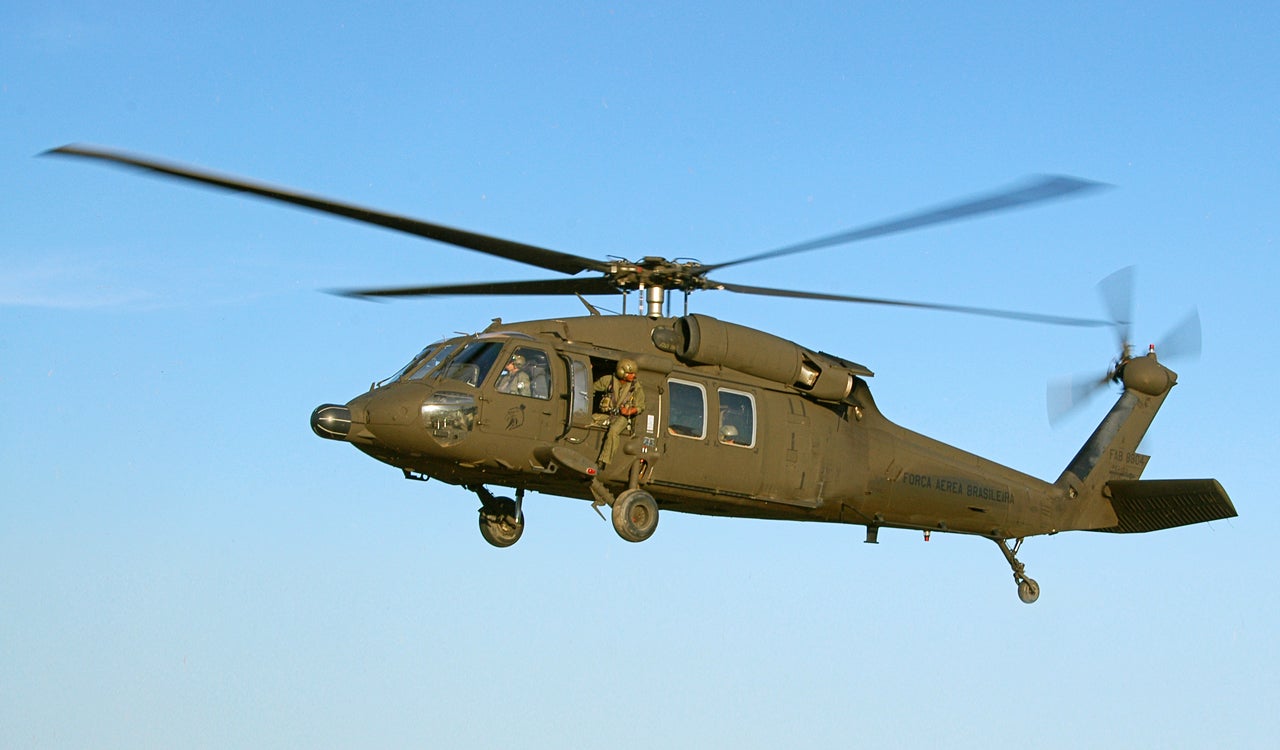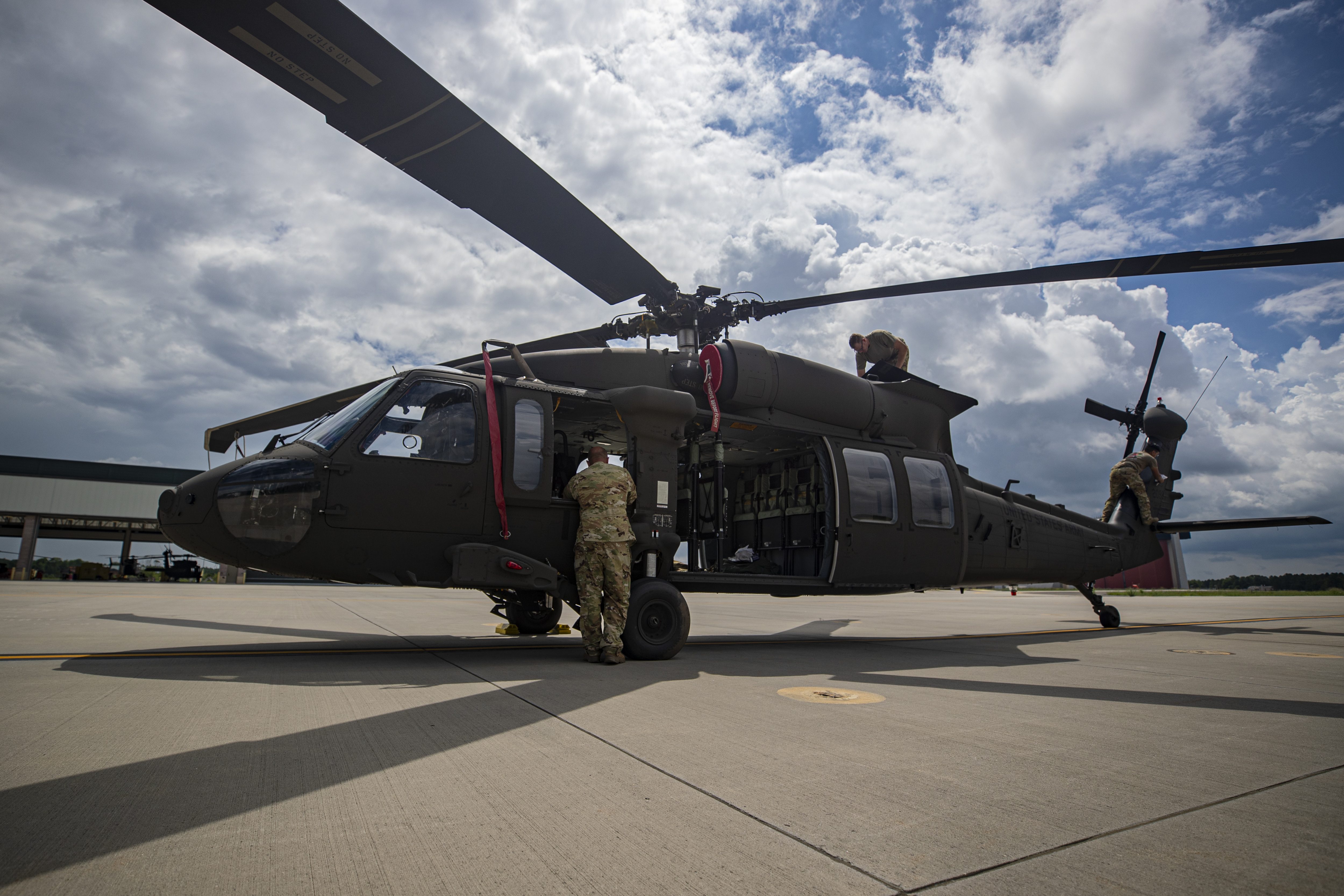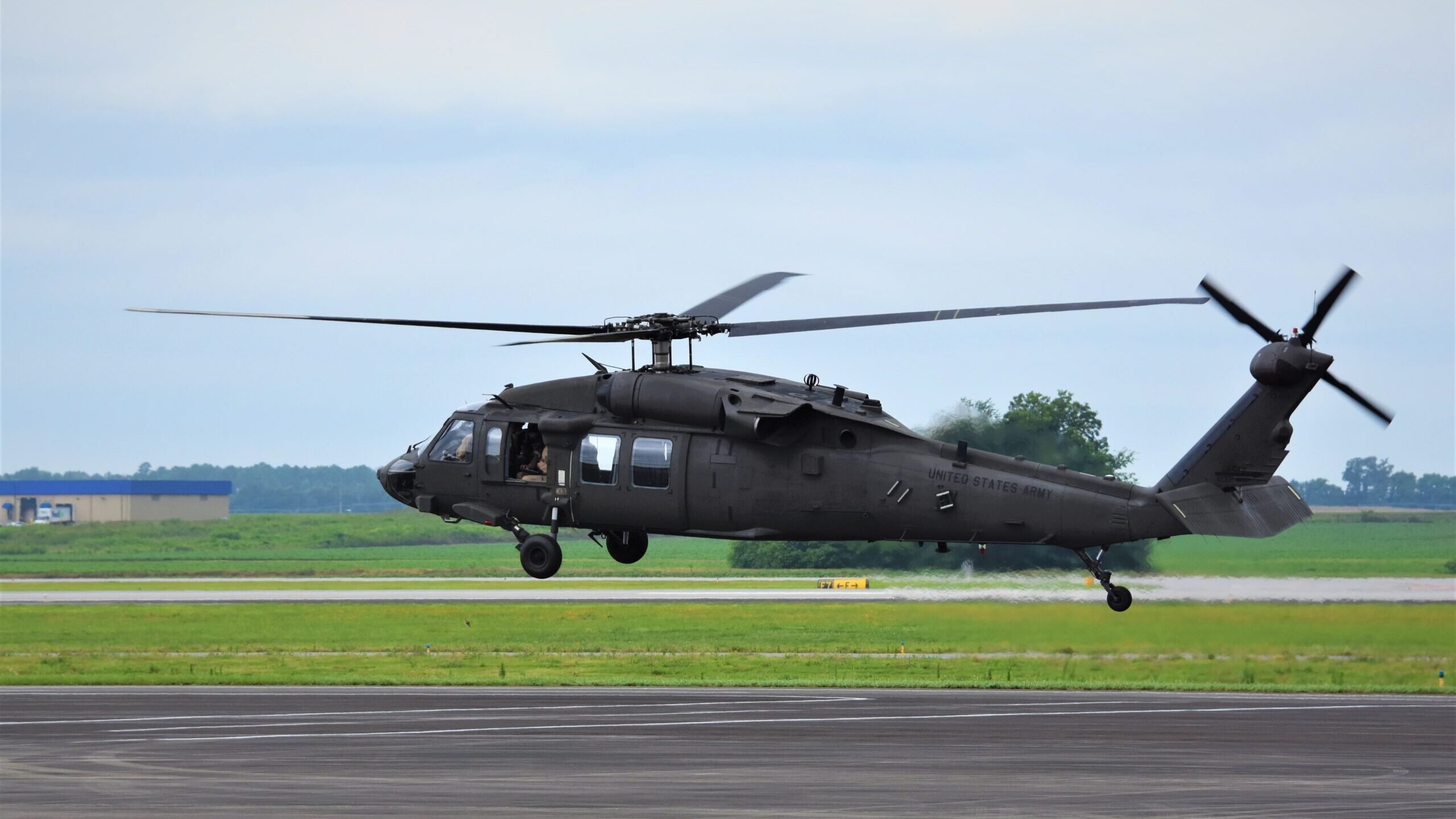UH 60 Black Hawk: Secret Features and Technologies
Checking Out the Innovative Technology Behind Aircraft Design and Engineering
The field of aircraft layout and design is experiencing a transformative change driven by ingenious modern technologies that boost effectiveness, sustainability, and performance. As the sector grapples with the obstacles of ecological duty, advancements in lasting air travel modern technologies promise to improve the future.
Advanced Materials in Airplane Design
Exactly how can the assimilation of sophisticated products transform airplane design? The incorporation of sophisticated materials, such as carbon fiber composites, titanium alloys, and advanced porcelains, plays a vital function in improving aircraft efficiency and efficiency. These materials use premium strength-to-weight ratios, allowing manufacturers to reduce overall airplane weight without jeopardizing architectural honesty. This reduction in weight straight adds to improved gas effectiveness and enhanced payload ability.
Additionally, advanced products show enhanced resistance to deterioration and fatigue, leading to reduced upkeep expenses and prolonged life span. For example, using titanium in essential components aids hold up against extreme temperature levels and anxieties, while carbon fiber composites offer flexibility in design and manufacturing procedures. This adaptability permits even more wind resistant forms, adding to superior efficiency attributes.
Furthermore, the integration of wise materials, which can transform properties in action to external stimuli, opens new methods for adaptive systems in airplane style. uh 60. These technologies assure not just to enhance security and functional effectiveness but additionally to add to sustainability initiatives by decreasing ecological effect with decreased exhausts. In summary, advanced materials are redefining the landscape of aircraft layout, leading the way for more efficient, resilient, and environmentally pleasant aeronautics services
Aerodynamic Developments for Performance
Wind resistant innovations play a crucial function in enhancing airplane effectiveness, significantly affecting gas consumption and total performance. Advancements in airfoil layout, such as the intro of supercritical wings, enable for enhanced lift-to-drag proportions, reducing drag at transonic speeds. These advancements make it possible for airplane to maintain greater speeds with reduced fuel expenditure, directly affecting functional costs and environmental sustainability.
Furthermore, the integration of winglets has actually confirmed efficient in alleviating vortex-induced drag at the suggestions of wings, even more enhancing gas effectiveness - uh 60. This design alteration leads to a reduction in wake disturbance, adding to boosted wind resistant efficiency during cruise ship conditions

Moreover, computational liquid dynamics (CFD) tools have actually reinvented the screening and refinement of aerodynamic shapes, enabling precise simulations of air flow around airplane (uh 60). This makes it possible for designers to introduce constantly, guaranteeing that contemporary airplane not just satisfy regulatory criteria however also push the limits of efficiency in aeronautics

Function of Computer Simulations
Computer system simulations have actually come to be a crucial tool in the field of airplane design, making it possible for designers to conduct in-depth analyses and optimizations of numerous design facets. These simulations allow for the digital testing of wind resistant residential properties, structural honesty, and performance metrics long prior to physical models are constructed. By using computational liquid characteristics (CFD) and limited aspect evaluation (FEA), designers can forecast how air moves around the airplane and just how different materials will certainly reply to stress and pressure.
In addition, computer system simulations help with the expedition of a wide variety of circumstances and variables, speeding up the style procedure and decreasing costs connected with physical testing. This ability not just improves the accuracy of predictions pertaining to aircraft habits however additionally provides understandings right into possible style enhancements that may not be immediately noticeable with traditional approaches.

In addition, simulations aid make certain compliance with stringent security regulations by enabling designers to identify and remedy possible issues early in the design stage. The assimilation of simulation innovations into the aircraft layout procedure highlights the considerable advancements in design methods, ultimately adding to the development article source of more secure, much more reliable, and eco-friendly aircraft.
Expert System in Design
Man-made knowledge (AI) is revolutionizing the design landscape, specifically in aircraft style, by optimizing and enhancing decision-making procedures design operations. Via artificial intelligence formulas, AI can examine large datasets, discovering patterns and understandings that educate design selections and boost total effectiveness.
AI applications in aircraft design consist of generative style, where formulas develop numerous layout alternatives based on defined specifications, enabling engineers to examine a more comprehensive series of possibilities. This not just accelerates the style phase yet likewise guarantees that the end products meet strict efficiency and safety and security standards.
Furthermore, AI-driven anticipating analytics facilitate upkeep organizing by examining historical information and forecasting possible failings. This positive strategy minimizes downtime and improves aircraft integrity.
Furthermore, AI aids in simulation and modeling, allowing designers to examine designs under various conditions without the need for physical prototypes. This capacity shortens advancement timelines and decreases prices related to typical testing approaches.
Lasting Aeronautics Technologies
Exactly how can the aviation sector effectively balance development and environmental duty? The response hinges Extra resources on the fostering of sustainable aviation innovations that focus on efficiency and lower carbon discharges. Technologies such as lasting air travel gas (SAFs), which are stemmed from renewable energies, have actually arised as an important component in attaining reduced lifecycle discharges. SAFs can considerably lower the carbon impact of trips, making them a feasible choice to conventional jet fuels.
Moreover, developments in airplane style, such as the advancement of lighter materials and more aerodynamically efficient shapes, add to improved fuel efficiency. Electric and hybrid propulsion systems are additionally gaining traction, using a pathway to reduce dependence on nonrenewable fuel sources and reduce greenhouse gas exhausts.
The assimilation of these innovations is sustained by regulative structures and industry collaborations targeted at establishing enthusiastic sustainability targets. Digital devices like information analytics and man-made intelligence can optimize trip operations, further enhancing gas effectiveness. By welcoming lasting practices and modern technologies, the aviation industry can not only meet the expanding need for flight but likewise play a critical function in dealing with environment change, making certain a more lasting future for air transportation.
Verdict
The merging of innovative materials, wind resistant advancements, and advanced modern technologies notes a considerable evolution in airplane style and engineering. The assimilation of carbon fiber composites, titanium alloys, and AI-driven procedures not only improves efficiency and performance yet additionally streamlines workflows and anticipating upkeep. The ongoing development of sustainable aviation innovations highlights a dedication to environmental responsibility, leading the way for a greener future in aviation. This this article continuous innovation will form the market's trajectory for years to find.

Computer simulations have actually ended up being an indispensable tool in the area of airplane layout, allowing designers to perform thorough evaluations and optimizations of numerous design aspects.The convergence of innovative products, wind resistant advancements, and sophisticated technologies notes a considerable advancement in aircraft design and design.